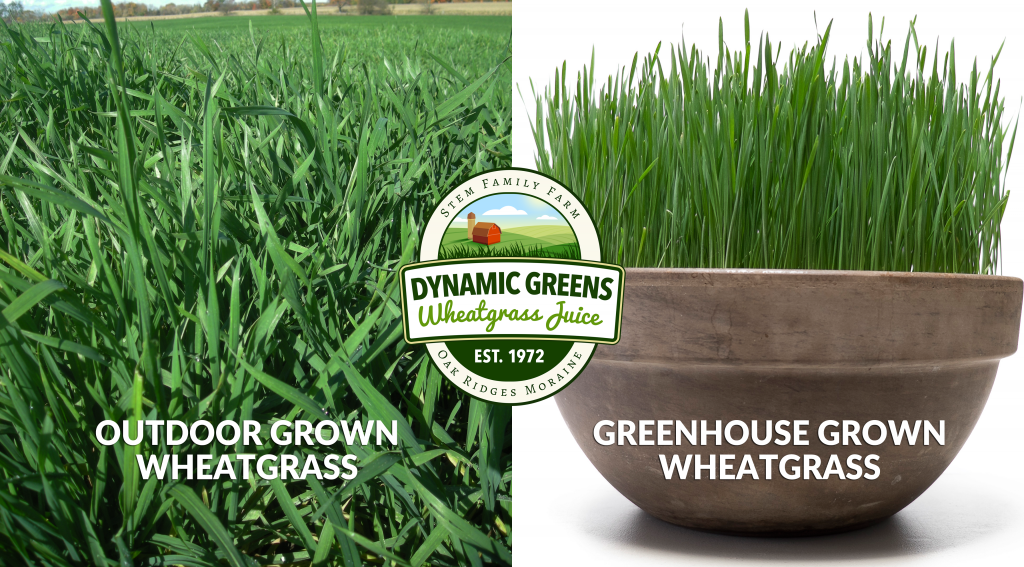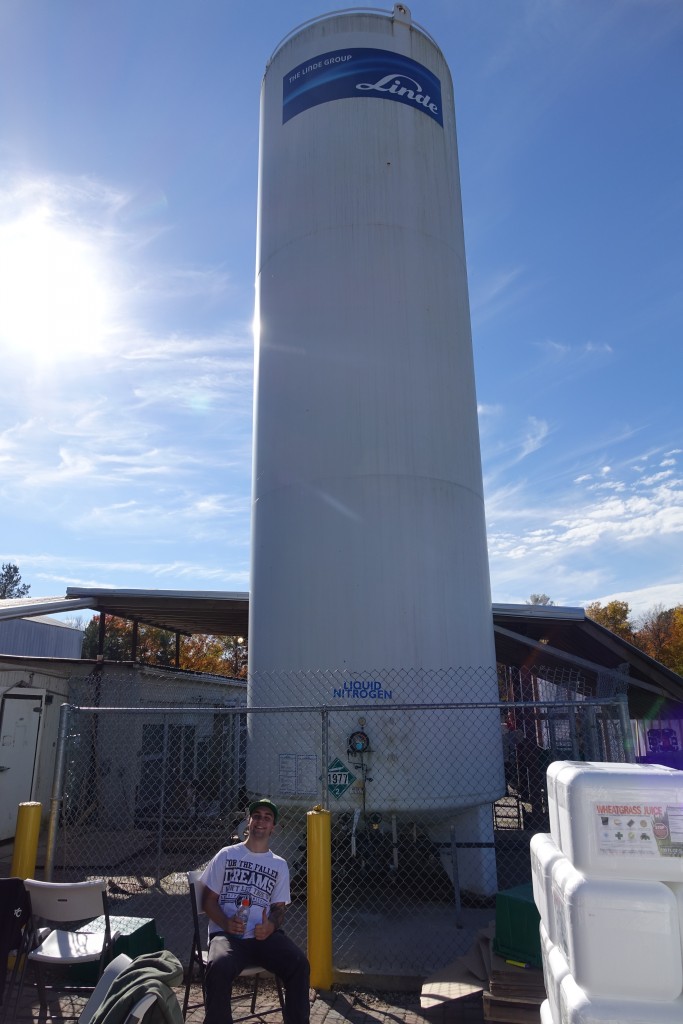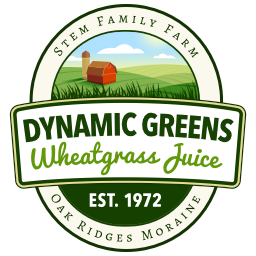Buying Wheatgrass Juice And It’s Tax Status In Canada
 Canadians don’t tax basic groceries because they are considered to be a necessity for subsistence. What does that mean? It means that foods that are used to maintain and sustain life are purchased without tax. It does not mean that every consumer buys the particular food item or that it is available in every store.
Canadians don’t tax basic groceries because they are considered to be a necessity for subsistence. What does that mean? It means that foods that are used to maintain and sustain life are purchased without tax. It does not mean that every consumer buys the particular food item or that it is available in every store.
When you purchase our wheatgrass juice, you are purchasing a food product that is used to maintain and sustain life. As a result, our wheatgrass juice is not taxed. The technical term is “zero-rated”. You can view the definition on Canada Revenue Agency’s page dedicated to groceries, but the gist of it follows that “basic groceries” and their ingredients qualify as zero-rated.
The Canada Revenue Agency defines basic groceries as:
“The terms “food” and “beverage” are not defined in the Act. However, the CRA considers a product to be a food or beverage if an average consumer would recognize and purchase the product as such in the ordinary course of buying basic groceries. Consumers usually consume food and beverages to sustain or maintain life, to allay hunger or thirst, or for enjoyment rather than for therapeutic or preventative effects (e.g., to correct actual or perceived health problems) or to achieve specific beneficial benefits related to performance or physique.”
This definition is confusing because of the use of the terms “ordinary” and “basic groceries” suggests a group of specific food staples. However, these terms simply mean items purchased to among other things, maintain and sustain life.
Wheatgrass juice is hard to make and as a result, not enough stores sell it. You can buy wheatgrass here until they do. This lower degree of availability reduces the profile of wheatgrass juice but it does not alter the simple fact that it is food. Like all foods, the benefits of wheatgrass juice are unspecific and broad based.
We’ll admit that wheatgrass is not normally purchased for enjoyment, but it is always purchased for the core benefit of sustaining and maintaining life. A 2010 article from the Globe and Mail reported this quotation from a 2007 memorandum on how the now-implemented Harmonized Sales Tax would determine the status of basic groceries:
“If a product’s tax status is in doubt, the CRA will consider the manner in which the product is displayed, labelled, packaged, invoiced and advertised to determine its tax status…”
The tax status of wheatgrass juice has never been in doubt; however, it is still sensible to ensure that everyone respects the position of the CRA. We know that our customers seek our wheatgrass juice because:
- wheatgrass is a singularly life sustaining food
- we grow it outdoors where mother nature nurtures the plant
- we never use chemicals like herbicides and pesticides that compromise the plant
- we leave it biologically active by never processing it with damaging techniques like pasteurization, pascalization (HPP), irradiation, etc.
The average consumer recognizes wheatgrass as food without any specific health claims. This is important because if the average consumer comes to expect a specific health claim, a food turns into a taxable dietary supplement. When a company says something like “protein powder builds muscle mass” it is a taxable dietary supplement. When a company says “glucosamine sulphate relieves joint pain” it is a taxable dietary supplement.
Wheatgrass juice has many nutritional benefits and your body obviously appreciates it. After all, your entire body runs only on water, air and food. However, it is consumed for maximum nutrition, not specific health result. We put it in and the body works it out.
Can you think of anything taxable that you require for everyday life? Do you think the statement “an apple a day keeps the doctor away” would make apples taxable? Do you think that the milk marketing boards statement “milk does a body good” makes it taxable? Get in touch with us at DynamicGreens to start a conversation!






